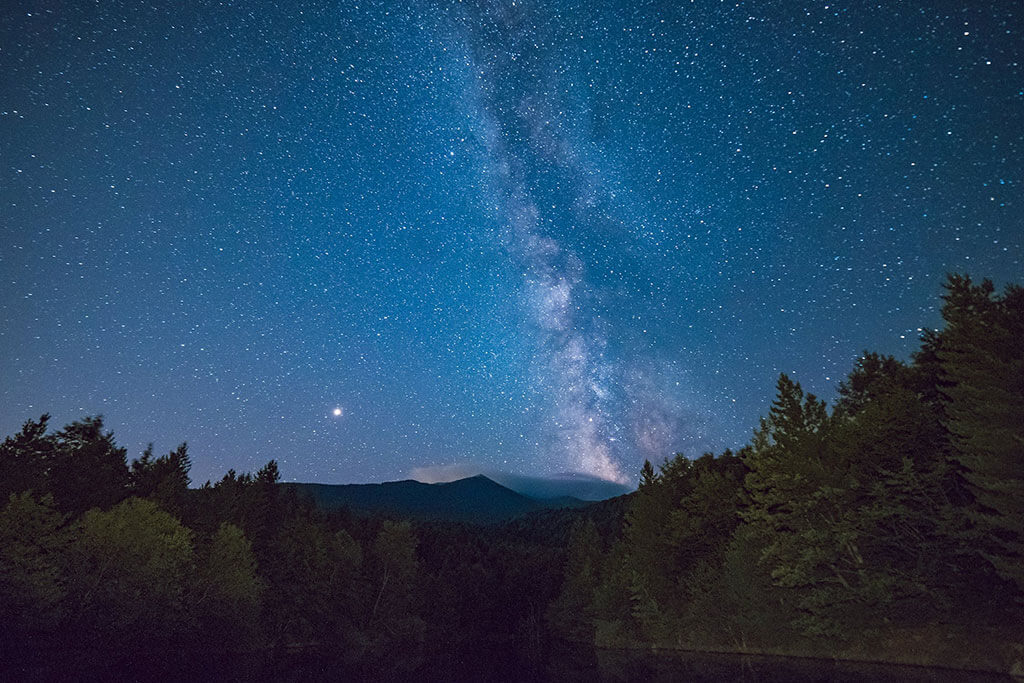
4
October
Perimeter Institute: A new view on gravity and the dark side of the cosmos: Erik Verlinde Public Lecture (WEBCAST)
Are we standing on the brink of a new scientific revolution that will radically change our views on space, time, and gravity?
In most circumstances, the theories of Einstein and Newton adequately describe gravity, but on cosmological scales, big questions arise, particularly surrounding the nature of dark matter and dark energy.

14
September
City Hall Library: The science behind Earth-like planets
Have you ever wondered whether we're alone in the cosmos? For thousands of years, we have only been able to speculate. Now, astronomers searching for planets capable of supporting life are making daily progress toward answering this incredibly compelling question. Join me for a non-technical explanation of the science behind the search for Earth-like planets and a summary of the latest results.
Presented by: Dr. Michael Reid - Associate Professor of Astronomy from the University of Toronto.

19
September
Runnymede Library: From Earth to Super-Earths and Beyond
It has been a little over 20 years that we know there are planets around other stars and 10 years that we know there are solid planets around other stars with the first super-Earth discovered: GJ876d. In the last few years, we have also learned that super-Earths and mini-Neptunes are the most common planet in the galaxy, improving our chances to find another habitable planet. To study these planets, we base our knowledge on what we have learned about the Earth and our planet neighbours, and test these ideas on these new and sometimes exotic planets. Dr.

21
September
Hamilton Amateur Astronomers: 2 minutes and 18 seconds in the Shadow of the Moon
Imagine the air cools, the sky darkens, the birds stop singing and the stars come out at noon. For a lucky few who have been in the path of a total solar eclipse their imagination becomes reality as they experience one of nature’s most spectacular events.

29
September
UofT Planetarium: Voyager’s Odyssey: A Small Probe’s Adventures into Interstellar Space
Showtimes: 7:00pm, 8:00pm, and 9:00pm
In 1977 two small probes, Voyager 1 and 2, were launched from Earth with a mission to study the outer solar system. Both spacecraft visited Jupiter and Saturn, and Voyager 2 passed by Uranus and Neptune, returning images to Earth which allowed us to make surprising discoveries about these distant planets. Now these probes are entering interstellar space, making them the furthest man-made objects from the Earth!

15
September
UofT Planetarium: Voyager’s Odyssey: A Small Probe’s Adventures into Interstellar Space
Showtimes: 7:00pm, 8:00pm, and 9:00pm
In 1977 two small probes, Voyager 1 and 2, were launched from Earth with a mission to study the outer solar system. Both spacecraft visited Jupiter and Saturn, and Voyager 2 passed by Uranus and Neptune, returning images to Earth which allowed us to make surprising discoveries about these distant planets. Now these probes are entering interstellar space, making them the furthest man-made objects from the Earth!

24
October
College/Shaw Library: Earth's Battered Moon
Just like the Earth, the Moon is about 4.5 billion years old. It has been and continues to be constantly bombarded by meteorites. Some suggest that this rate of bombardment has remained constant in the past couple of billion years. The Moon's surface without any substantial atmosphere or tectonic activity serves as a time capsule, helping us detangle Earth's history. The only way to see if the bombardment rate has changed is to have an age for every single crater, an extremely difficult task using traditional crater dating methods.

12
October
Jane/Dundas Library: Earth's Battered Moon
Just like the Earth, the Moon is about 4.5 billion years old. It has been and continues to be constantly bombarded by meteorites. Some suggest that this rate of bombardment has remained constant in the past couple of billion years. The Moon's surface without any substantial atmosphere or tectonic activity serves as a time capsule, helping us detangle Earth's history. The only way to see if the bombardment rate has changed is to have an age for every single crater, an extremely difficult task using traditional crater dating methods.

5
October
St. James Town Library: Earth's Battered Moon
Just like the Earth, the Moon is about 4.5 billion years old. It has been and continues to be constantly bombarded by meteorites. Some suggest that this rate of bombardment has remained constant in the past couple of billion years. The Moon's surface without any substantial atmosphere or tectonic activity serves as a time capsule, helping us detangle Earth's history. The only way to see if the bombardment rate has changed is to have an age for every single crater, an extremely difficult task using traditional crater dating methods.

7
September
RASC Mississauga: Explore the Night Sky Astronomy Course
Earthshine Astronomy and Space Science Organization and The Riverwood Conservancy (TRC) present this four night course open to budding astronomers ages 12 and up. The course is taught by members of the Royal Astronomical Society of Canada – Mississauga Centre. If the sky is clear, there will be observing for 30 minutes after the end of the session.
September 8 (7:00-9:00pm)Introduction to the Night Sky
September 15 (7:00-9:00pm)Observing the Sun & Moon
